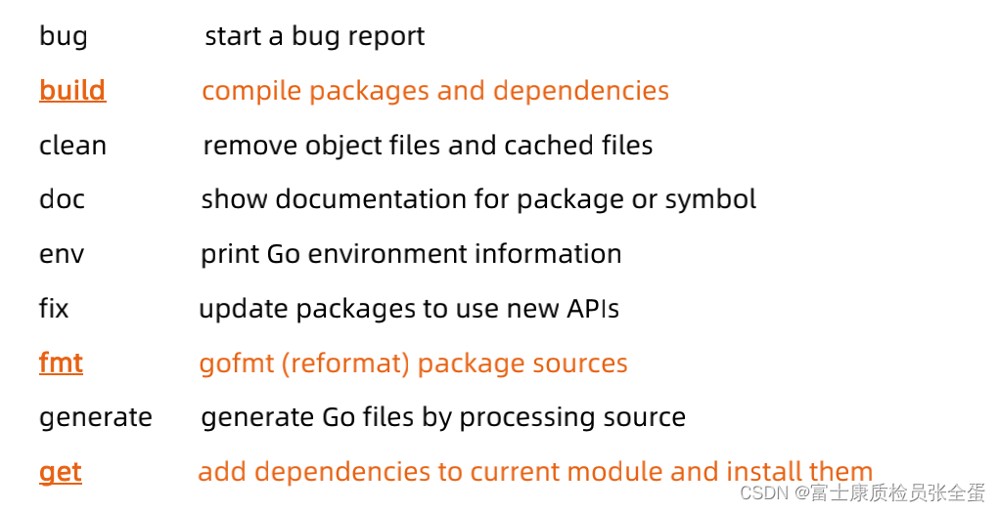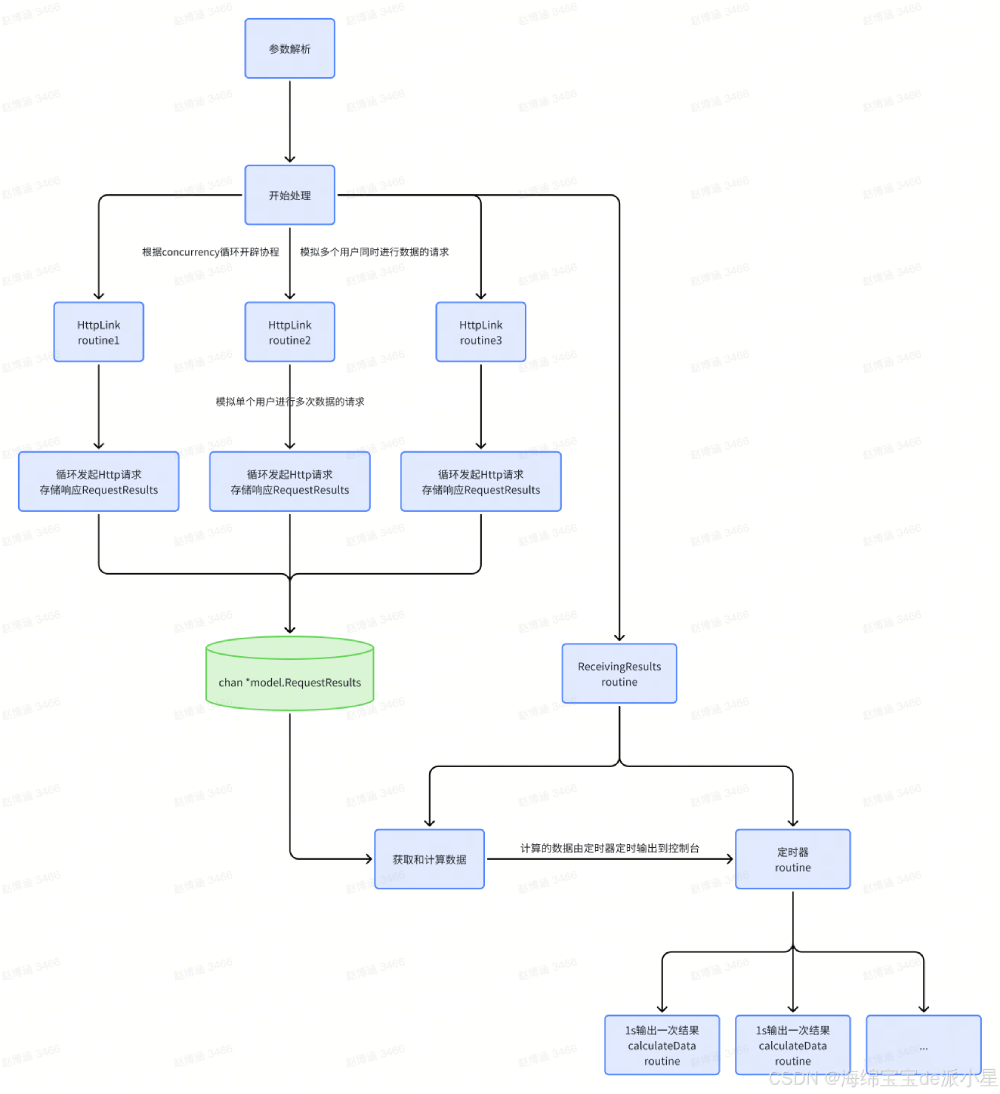使用 Go 语言中的 Context 取消协程执行
在 Go 语言中,协程(goroutine)是一种轻量级的线程,非常适合处理并发任务。然而,如何优雅地取消正在运行的协程是一个常见的问题。本文将通过一个具体的例子来展示如何使用 context 包来取消协程的执行,特别是处理嵌套任务中的取消问题。
问题描述
假设我们有一个长时间运行的任务,该任务包含一个外层循环和一个内层任务。我们需要在外层循环接收到取消信号时,能够立即终止内层任务。以下是一个示例代码:
|
1 2 3 4 5 6 7 8 9 10 11 12 13 14 15 16 17 18 19 20 21 22 23 24 25 26 27 28 29 30 31 32 33 34 35 36 37 38 39 40 41 |
package main
import ( "context" "fmt" "time" )
// longRunningTask 是一个模拟长时间运行的任务。 func longRunningTask(ctx context.Context) { for { select { case <-ctx.Done(): // 监听 ctx.Done() 以获取取消信号 fmt.Println("任务被取消:", ctx.Err()) return // 接收到取消信号后退出 default: currentTime := time.Now().Format("2006-01-02 15:04:05") // 获取并格式化当前时间 fmt.Printf("任务进行中... 当前时间:%s\n", currentTime) for { fmt.Printf("111") time.Sleep(1 * time.Second) // } } } }
func main() { // 创建一个可以取消的 context ctx, cancel := context.WithCancel(context.Background())
// 启动一个新的 goroutine 执行任务 go longRunningTask(ctx)
// 模拟一段时间后取消任务 time.Sleep(3 * time.Second) fmt.Println("取消任务...") cancel() // 发送取消信号
// 等待一段时间让任务有时间处理取消信号并退出 time.Sleep(10 * time.Second) } |
在这个示例中,当我们取消任务时,外层循环会接收到取消信号并退出,但内层循环会继续运行,因为我们没有在内层循环中检查取消信号。
解决方案
为了确保内层任务也能响应取消信号,我们需要在内层任务中也检查 ctx.Done() 通道。以下是修改后的代码:
|
1 2 3 4 5 6 7 8 9 10 11 12 13 14 15 16 17 18 19 20 21 22 23 24 25 26 27 28 29 30 31 32 33 34 35 36 37 38 39 40 41 42 43 44 45 46 47 48 49 50 51 52 53 |
package main
import ( "context" "fmt" "time" )
// longRunningTask 是一个模拟长时间运行的任务。 func longRunningTask(ctx context.Context) { for { select { case <-ctx.Done(): // 监听 ctx.Done() 以获取取消信号 fmt.Println("任务被取消:", ctx.Err()) return // 接收到取消信号后退出 default: currentTime := time.Now().Format("2006-01-02 15:04:05") // 获取并格式化当前时间 fmt.Printf("任务进行中... 当前时间:%s\n", currentTime) // 启动内层任务 runInnerTask(ctx) } } }
// runInnerTask 是一个模拟内层长时间运行的任务。 func runInnerTask(ctx context.Context) { for { select { case <-ctx.Done(): // 内层任务也监听 ctx.Done() fmt.Println("内层任务被取消:", ctx.Err()) return // 接收到取消信号后退出 default: fmt.Printf("111") time.Sleep(1 * time.Second) } } }
func main() { // 创建一个可以取消的 context ctx, cancel := context.WithCancel(context.Background())
// 启动一个新的 goroutine 执行任务 go longRunningTask(ctx)
// 模拟一段时间后取消任务 time.Sleep(3 * time.Second) fmt.Println("取消任务...") cancel() // 发送取消信号
// 等待一段时间让任务有时间处理取消信号并退出 time.Sleep(10 * time.Second) } |
解释
外层循环:
外层循环使用 select 语句来监听 ctx.Done() 通道。如果接收到取消信号,任务会打印一条消息并退出。
内层任务:
内层任务也使用 select 语句来监听 ctx.Done() 通道。如果接收到取消信号,内层任务会打印一条消息并退出。
通过这种方式,我们可以确保无论是在外层循环还是内层任务中,任务都能响应取消信号并优雅地退出。
总结
在 Go 语言中,使用 context 包来管理协程的生命周期是非常重要的。通过在每个需要响应取消信号的地方检查 ctx.Done() 通道,我们可以确保任务能够及时响应取消信号并优雅地退出。这对于构建健壮和可靠的并发应用程序至关重要。


